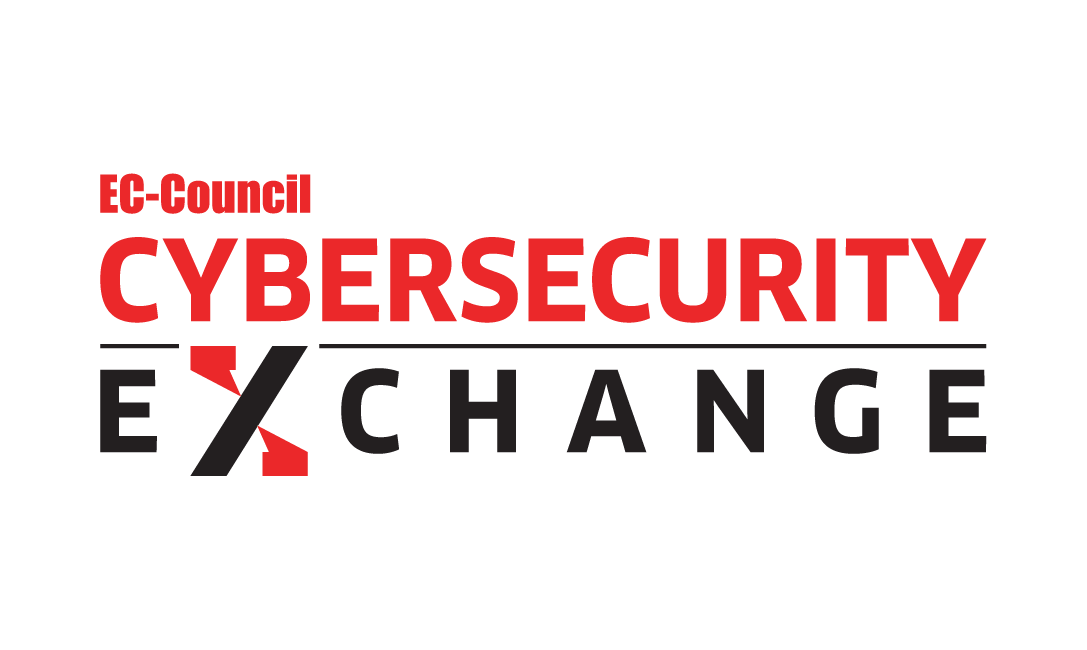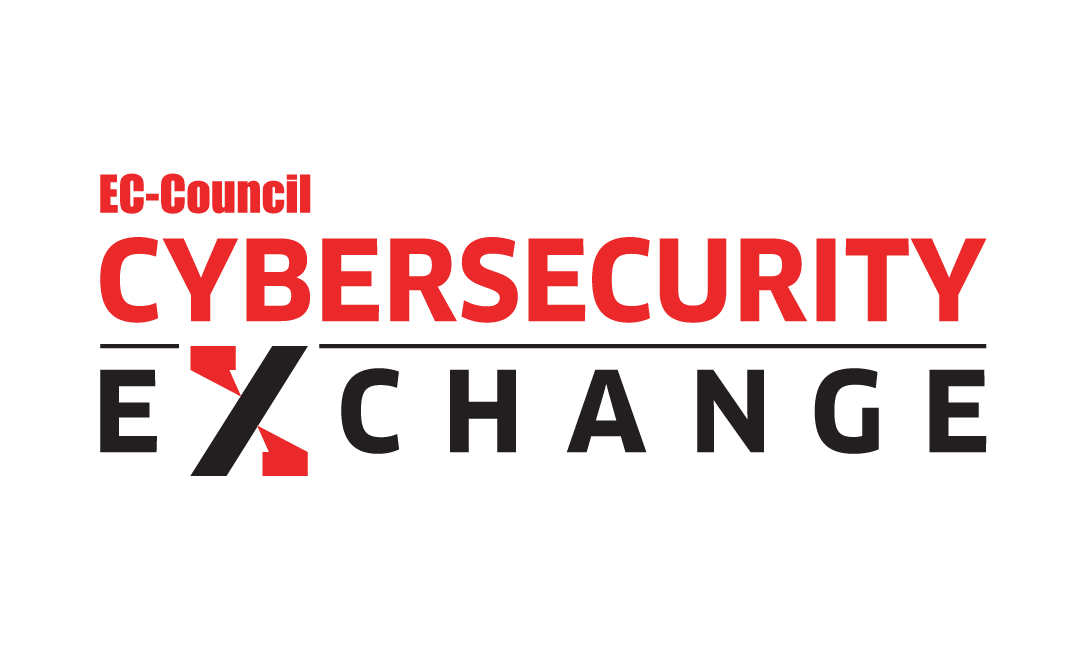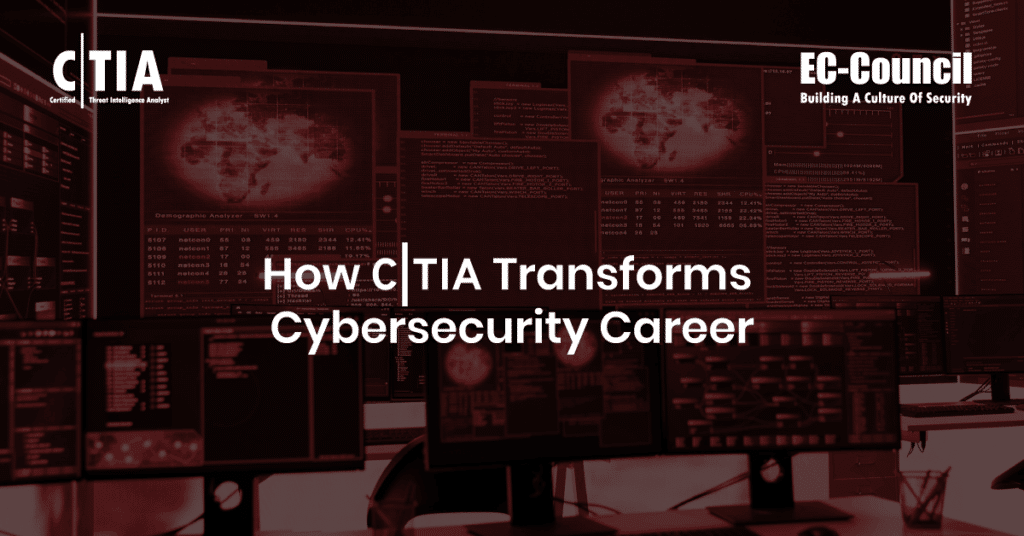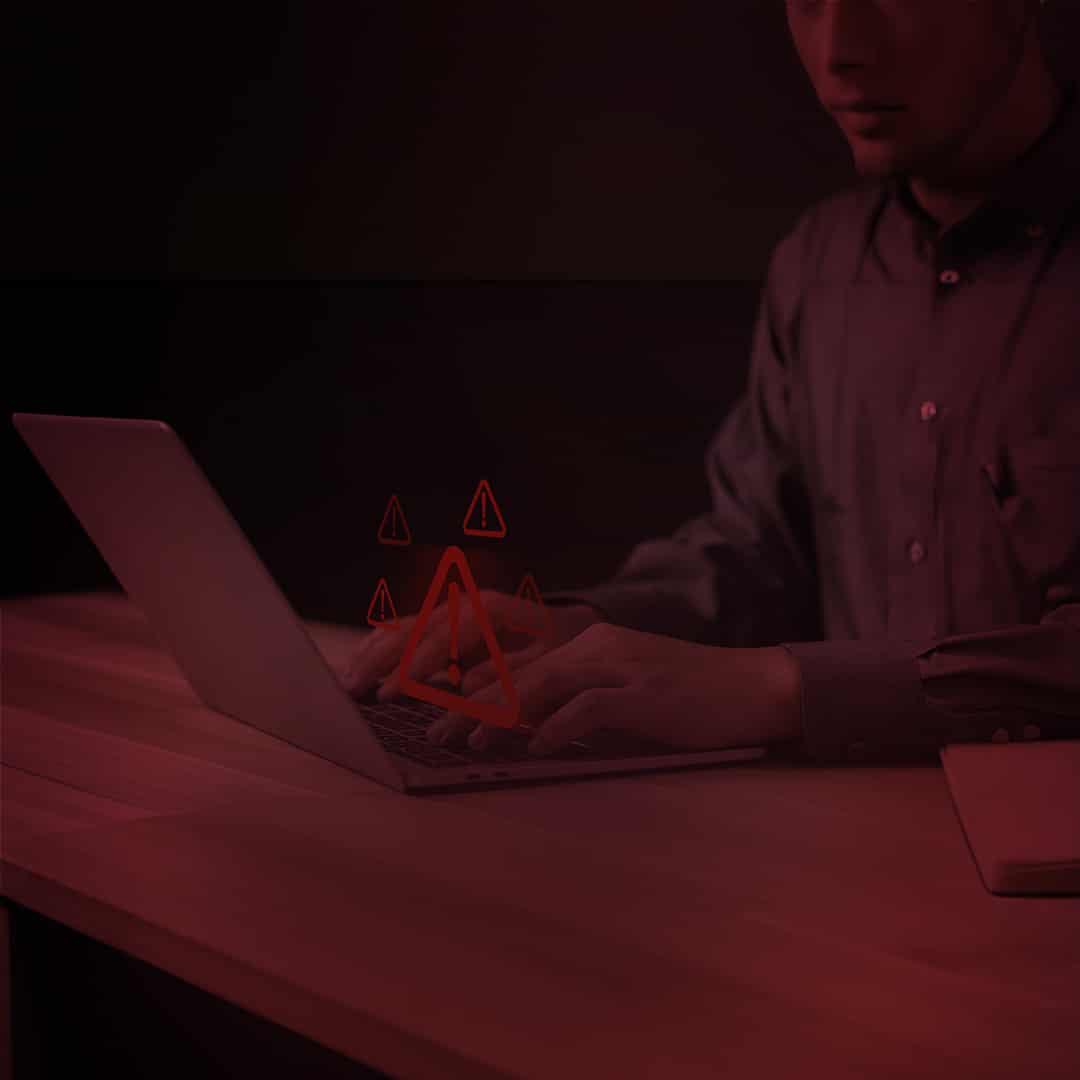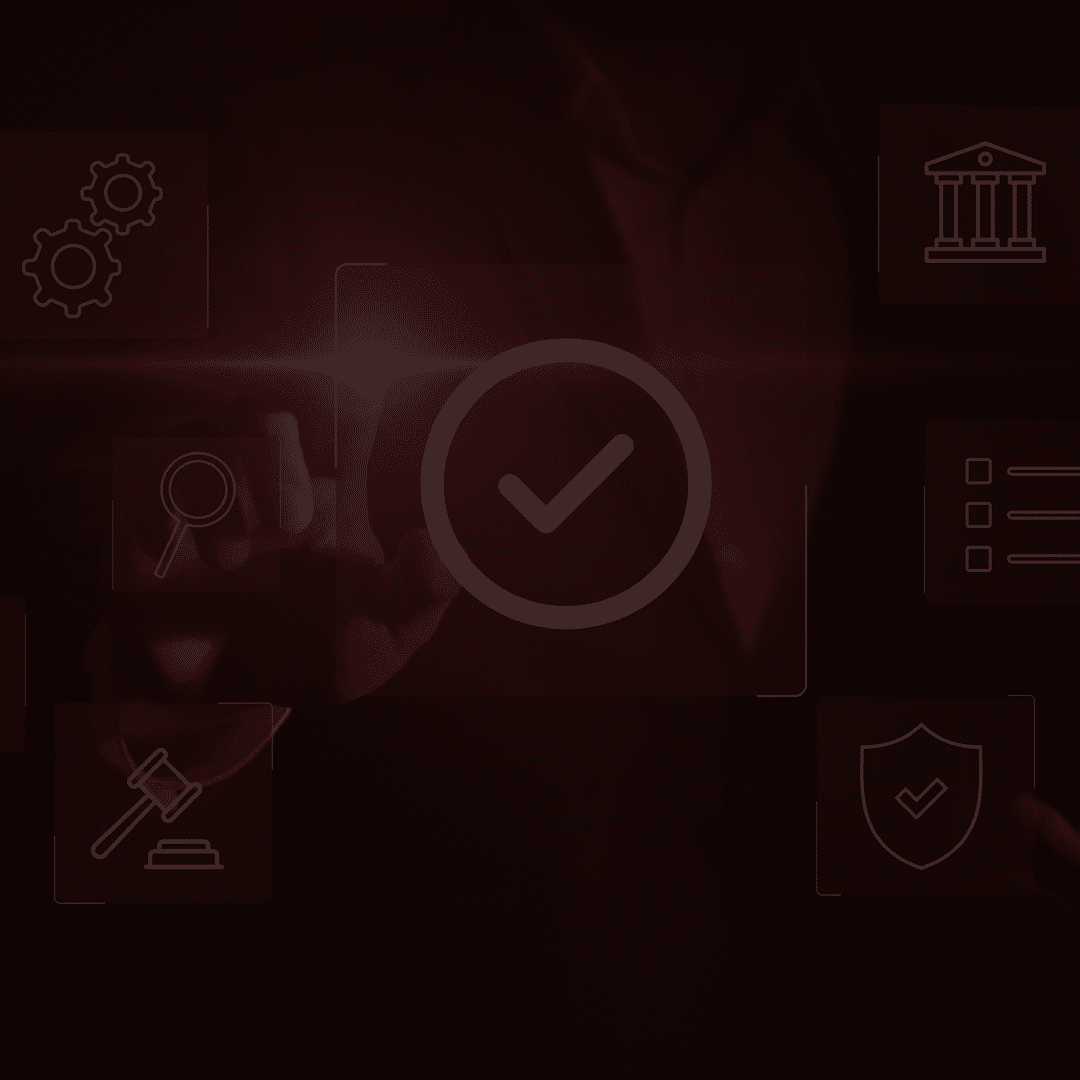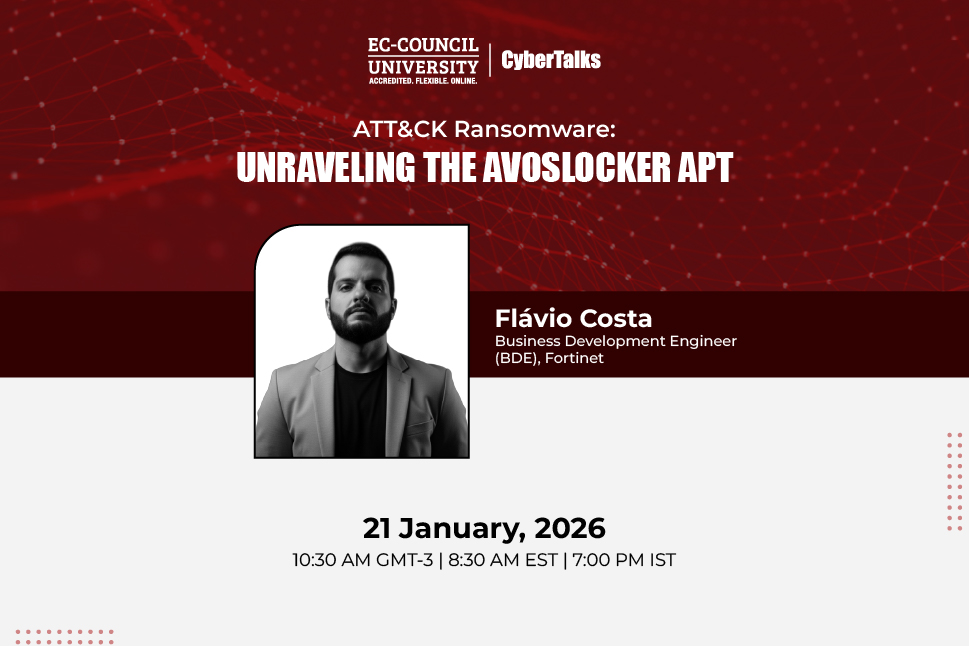Threat intelligence is critical to modern cybersecurity operations, empowering Security Operations Centers (SOCs) and supporting proactive defense strategies. It offers contextual insights that enable the anticipation and prevention of cyberattacks by analyzing the tactics, techniques, and procedures (TTPs) prevalent in the current threat landscape. EC-Council’s Certified Threat Intelligence Analyst (CTIA) program plays a pivotal role for aspirants by providing a structured, intelligence-driven approach to threat analysis. To understand the role of CTIA in enabling aspirants to enhance both technical and analytical capabilities, EC-Council reached out to Ivan Cese, a cybersecurity engineer, researcher, and leader, whose early fascination with hacking evolved into a purposeful career in cyberthreat intelligence. Through real-world applications and leadership in high-stakes scenarios, he explains how structured threat intelligence frameworks can elevate cybersecurity operations. The following interview captures Ivan’s insights into the CTIA certification and its impact on his cybersecurity career.
Tell us about your journey as a cybersecurity professional.
My journey as a cybersecurity professional began as a curious child, fascinated by the brilliant minds of hackers portrayed in movies. This sparked a deep interest in cybersecurity, drawing me into the world of underground hacking, before gradually moving into console modding.
What, according to you, is the most challenging part of the threat intelligence job role?
I view cyberthreat intelligence as a sophisticated puzzle, where each data point represents a crucial element, contributing to a larger understanding
How has CTIA as a threat intelligence certification benefited you in your career so far?
Before obtaining the CTIA certification, my understanding of cyberthreat intelligence (CTI) was fragmented and lacked a clear structure. CTI often seemed like a widely discussed concept that was rarely applied in a systematic way. However, the certification provided a rigorous framework that refined my analytical approach, shifting it from an informal reasoning process to a structured, intelligence-driven methodology. This has enhanced my ability to assess threats with greater precision, anticipate adversarial tactics, and integrate intelligence into security operations more effectively.
Tell us about your experience preparing for the CTIA certification.
Preparing for the CTIA certification was an eye-opening experience. As I progressed through the material, each chapter added a new layer of knowledge, equipping me with practical tools and an analytical mindset. The process resembled piecing together critical clues in a complex investigation, much like a detective solving a case. It was a journey that felt both challenging and rewarding, ultimately shifting my perspective from an inductive approach to one that was more structured, granting me a deeper and more holistic understanding of cyberthreats.
Tell us three things that you really liked about the CTIA program.
The things I really appreciated about the CTIA program were its structured approach, which seamlessly combined practical examples, real-world tools, and mitigation strategies to create an engaging and effective learning experience. It’s hands-on methodology, which broke down complex concepts into clear, actionable knowledge that could be applied in real-world scenarios, and its strong connection between theory and practice, which equipped me with valuable skills that I could immediately put to use in my professional work.
What courses and programs have you taken? How would you compare the CTIA program with other programs?
What skills from the CTIA program have helped you tackle critical situations at your workplace? Please share an instance.
How does CTIA play a role in career progression for SOC and other cybersecurity professionals?
It plays an important role for SOC analysts by refining their analytical skills and strategic approach to incident response.
What advice would you give someone preparing to take the exam?
I would advise aspirants to approach their preparation with a structured plan, breaking the material into manageable sections and focusing on understanding key concepts rather than memorization. Stay consistent, review regularly, and trust your preparation. Success is a journey—be confident, and you’ve got this!
Conclusion
Ivan’s journey through cybersecurity, enriched by the CTIA certification, underscores the importance of structured learning, practical application, and strategic thinking in navigating today’s complex threat landscape. The CTIA certification not only bridges knowledge gaps but also enables professionals to tackle critical incidents with precision and foresight. As cybersecurity continues to evolve, programs like the CTIA serve as catalysts for career advancement, enabling professionals to transition from tactical roles to strategic leadership. For aspiring threat intelligence analysts, a disciplined, concept-driven approach to preparation can unlock new opportunities and drive impactful contributions to the field.About the Interviewee

Ivan Cese
Ivan Cese is a seasoned Penetration Tester and Red Team Leader with extensive experience in Security Operations Centers (SOC) and software development. Driven by a deep passion for cybersecurity, Ivan holds a wealth of expertise across ethical hacking, threat intelligence, blue teaming, network security, and secure application development. He holds multiple certifications in penetration testing and network security, reflecting his commitment to continuous learning and excellence in the field.
